With COP26 a recent memory, the looming federal election has again pushed renewable electricity into the limelight.
Despite the campaign promises of federal politicians, electricity systems are constitutionally the responsibility of state governments. Accordingly, in the push for glory and accolades from the media and the renewable lobby, state governments have foisted a series of renewable electricity targets onto their constituents.
In 2015, the Queensland government committed to supplying 50 per cent of the state’s electricity demand from wind and solar by 2030. The effect of this on the existing Queensland government-owned generators is substantial. This was openly acknowledged in May 2021 by Stanwell CEO Richard van Breda who said Stanwell and CS Energy coal-fired generators would need to be mothballed. Van Breda resigned two days later, after which the Queensland energy minister, Mick de Brenni, was quick to renounce the statements.
However, van Breda was correct…
In 2019-20 Queensland’s total annual electricity demand was 62 TWh (including electricity exported to New South Wales). This comprised of:
- 3.5 TWh wind from 2,700 MW of capacity
- 48 TWh coal from 8,100 MW of capacity
- 6.5 TWh gas form 3,200 MW of capacity
- 4 TWh other sources
With demand stable, the government’s 50 per cent renewable energy target means that 31 TWh must be supplied from wind and solar (and some hydro) by 2030. This in turn means that coal-fired power output has to reduce by 28 TWh. The Queensland government-owned coal-fired generators currently supply 34 TWh into the QLD grid with private generators supplying 14 TWh.
Hence, the 50 per cent renewables target must see the closure of much of the government-owned coal generation capacity.
The most recent state Budget papers reveal the staggeringly poor financial situation of the state-owned electricity generators.
- Earnings drop from $469m in 2019-20 to just $64m in 2024-25 (Table 9.2)
- Borrowings remain at $1.4b through 2024-25 (Table 9.3)
- Dividends disappear from $305m in 2019-20 to zero in 2022-23 (Table 9.4)
These budget forecasts are likely to be optimistic.
With continued growth in subsidised rooftop solar, daytime grid-supplied electricity demand is plummeting to record lows – effectively reducing available demand and forcing wholesale prices negative. New wind and solar, brought into existence by these arbitrary targets and unconstrained spending, is often finding its output limited by network and grid stability constraints.
To achieve the 50 per cent renewables target, the current 3.5 TWh of wind and solar must by significantly increased. At the long-term capacity factor of 29 per cent, this requires over 11,000 MW of new wind and solar (28 TWh / 365 days / 24 hrs / 0.29). Yet, AEMO’s generation list contains just over 2,000 MW of committed renewable generation projects in Queensland. This is partly because more renewable capacity requires more spending on transmission – in effect a further subsidy without which wind and solar cannot be competitive.
The latest AEMO plan puts the cost of this at $12.5 billion – about the same as four new coal power stations but with much inferior value! AEMO understates the costs of projects they identify, but in addition they do not count the subsidy costs from the Renewable Energy Zones state governments are building.
The Queensland government has sought to force new wind and solar capacity into the system (ignoring the market signals) by offering long-term over-priced power purchase agreements (PPA) to meet the 50 per cent target.
| Government entity | Site name | Fuel | MW | Cost | Operational |
| CleanCo | Karara | wind | 102 | 250m | 2024 |
| CleanCo | Macintyre | wind | 400 | PPA | 2024 |
| Ergon | Mt Emerald | wind | 170 | PPA | 2019 |
| Stanwell | Clarke Ck | wind | 348 | PPA | 2024 |
| CS Energy | Moura | solar | 110 | PPA | 2022 |
| CS Energy | Warwick | solar | 65 | PPA | 2020 |
| CS Energy | Hughenden | solar | 20 | PPA | 2018 |
| CS Energy | Columboola | solar | 162 | PPA | 2022 |
| Total | 1377 |
Source: internet searches.
The resulting negative wholesale prices both deter new investment and undermine the economics of existing (public) generation, a position already evident in the Budget papers.
Finally, despite the wind and solar regularly added to the grid at taxpayers ongoing expense, the coal-fired generators are still necessary to maintain grid stability.
So, we have an increasingly vicious circle where each intervention creates difficulties requiring more interventions.
- The system intended to supply electricity to meet demand is becoming a system where government policies have made the availability of electricity dependent on the weather; electricity customers are forced to subsidise the Commonwealth and state government targets, despite the clear negative impact on the electricity system.
- Subsidised wind and solar output depresses daytime prices and forces reduced levels of output on all generators; this has transformed the state-owned Queensland generators from cash cows to liabilities, and has brought an earnings collapse in all private generators – as illustrated by the announced 93 per cent fall in profits of the NSW Vales Point plant.
- Because wind and solar are unable to supply the stability and system strength inherently available with coal and gas generators, governments have to provide additional subsidies – either in direct payments as with the Victorian government’s subsidies to prevent the Yallourn coal generator from closing or, as in Queensland, in covering the losses of state-owned coal and gas generators.
The National Electricity reforms a quarter of a century ago brought great increases in efficiency and lower prices. New South Wales, Victoria, and South Australia sold their state-owned coal and gas generators for, in Victoria’s case, spectacular prices. Queensland retained ownership and benefited from the revenue. Government policies that subsidise wind and solar are gradually bankrupting coal and gas generators – in effect expropriating the private sector buyers of the generators in the southern states and leaving Queensland’s state-owned assets awash with red ink.
For Queensland, the outcome will be increasingly debt-laden public utilities alongside a loss of system reliability, followed by further deindustrialisation. There will be a reckoning from this and the over-generous PPAs which the state government will seek to avoid until after the 2024 state election.
Ben Beattie and Alan Moran.
Got something to add? Join the discussion and comment below.
Get 10 issues for just $10
Subscribe to The Spectator Australia today for the next 10 magazine issues, plus full online access, for just $10.

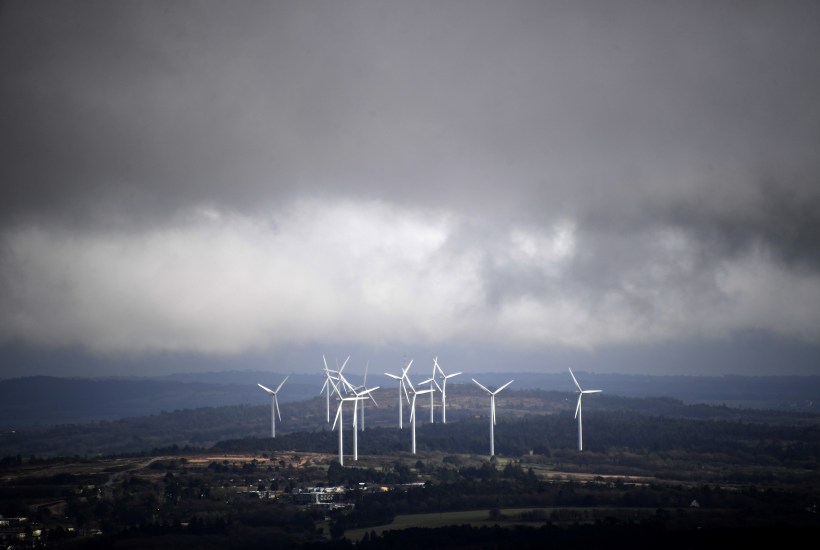
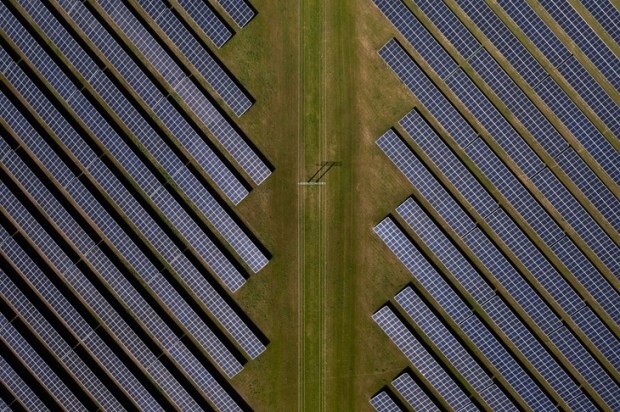
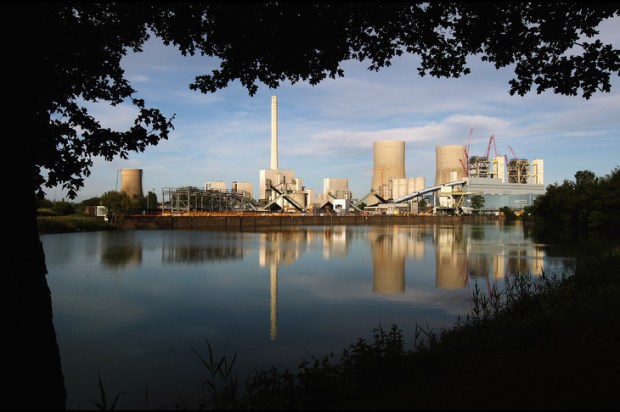
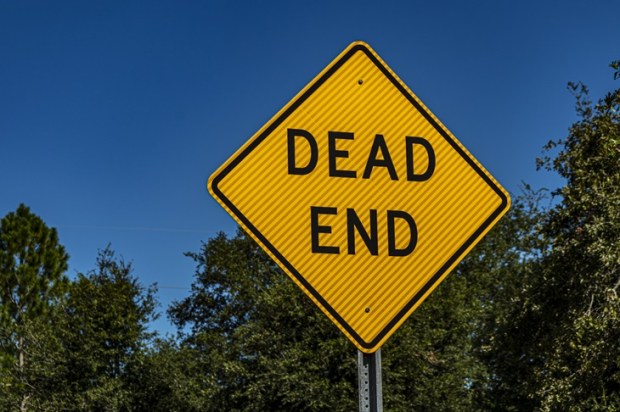
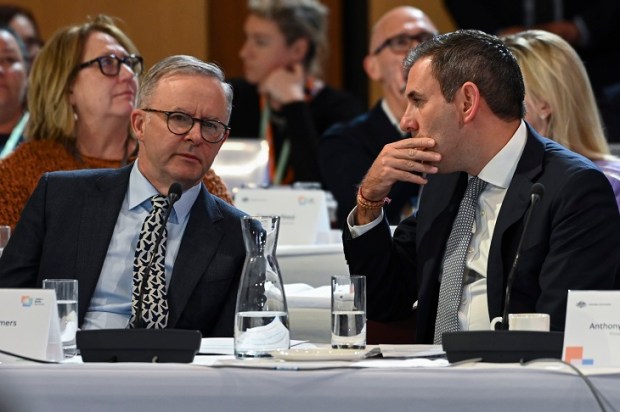




















Comments
Don't miss out
Join the conversation with other Spectator Australia readers. Subscribe to leave a comment.
SUBSCRIBEAlready a subscriber? Log in